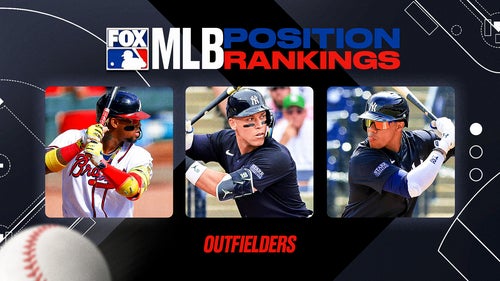
Tampa Bay Rays: Dickerson's First Season in Tampa Bay

Dickerson’s first season with the Tampa Bay Rays was actually better than what the fans witnessed as shown by his various statistics.
Corey Dickerson had a very interesting first season with the Tampa Bay Rays in 2016. When they acquired him the four-player deal headlined by Jake McGee, the Rays greatly valued his ability to hit right-handed pitching and his power.
However, it was natural to expect him to suffer offensive regression while moving from Coors Field to Tropicana Field. While he did regress, his season can be seen as a positive in a poor season for the Rays.
We’ll take a look at his 2016 offensive season and take a look going forward at his potential.
Let’s start with Dickerson’s final 2016 stat line. In 548 plate appearances his offensive slash line was .245/.293/.469 with wOBA of .319 and produced a 101 wRC+ (so slightly above league average).
His K% was 24.5% (the highest he’s ever had so far) and his BB% was 6%. He hit 24 home runs with 70 RBIs and 57 runs scored. His ISO was .224 and his BABIP was .285.
Every time a hitter leaves the hitter-friendly paradise that is Coors Field, it’s questioned whether that hitter’s inflated numbers can be replicated anywhere else. Evidence has shown though that hitters who leave Coors Field do regress offensively at their new home ballpark but on the road they actually regress positively.
That’s exactly what happened to Dickerson in his first season with Tampa Bay. He hit .273 with 17 of his 24 home runs coming away from Tropicana field. At home he hit a meager .213 with just 7 home runs coming at home with roughly the same amount of plate appearances home and away.
Now lets address his batting average. In his first three seasons, Dickerson had never hit below .278 against right handed pitching. He crushed them in 2015 and 2014 hitting over .300 against them in both seasons.
His average against right-handers fell to .246. His overall .245 batting average will likely increase in the future due to his BABIP being fairly low this season. A big reason for that was probably that his fly ball rate skyrocketed.
More from Rays Colored Glasses
In 2015, his line drive rate was 29.8 % and his fly ball rate was 32.1%. This was very similar to his first two previous years in Colorado as well.
However, in 2016 his line drive rate fell to 17.2% and his fly ball rate rose to 44%. Trading line drives for fly balls is probably a big part of why his BABIP is so low.
Dickerson also saw much fewer fastballs in 2016. Fangraphs and Beyond the Boxscore have touched on this aspect of Dickerson’s season. Not only did he see more breaking pitches but he also likely saw better ones as well.
Coors Field has been known to hinder pitch movement so the move away from there could have exposed Dickerson to better off speed stuff. That will take an adjustment moving forward.
Playing DH also was an adjustment that Dickerson had to make in 2016. Not playing the field and being involved in every aspect of the game has shown to have an effect on hitters. However, the Rays might want to reconsider using Dickerson strictly at DH.
As Draysbay points out, his defense overall was very good when playing alongside Kevin Kiermaier. Playing Dickerson everyday in LF is probably a good move for the Rays moving forward as not only can he provide plus defense there but it can maximize his offensive potential as well.
Overall, Corey Dickerson produced a 1.7 WAR in 2016 despite all of the changing factors against him including leaving Coors Field, playing DH, seeing fewer fastball and just the overall change in leagues.
The Rays have three more seasons of team control of Dickerson left. If Dickerson doesn’t make an adjustment in any of the areas that’s depressing his offensive value (regardless if its in his control or not), the Rays have a left handed power hitter who should hit 20-25 home runs and should play at least average defense in left field.
If he does make an adjustment in one or more of these areas, there is potential for a 25-30 home run guy with a better on base percentage and should still play good defense in left field.
Want your voice heard? Join the Rays Colored Glasses team!
That’s a pretty valuable player for the cash strapped Rays to have for the next three seasons and not have to pay a premium for.
This article originally appeared on





